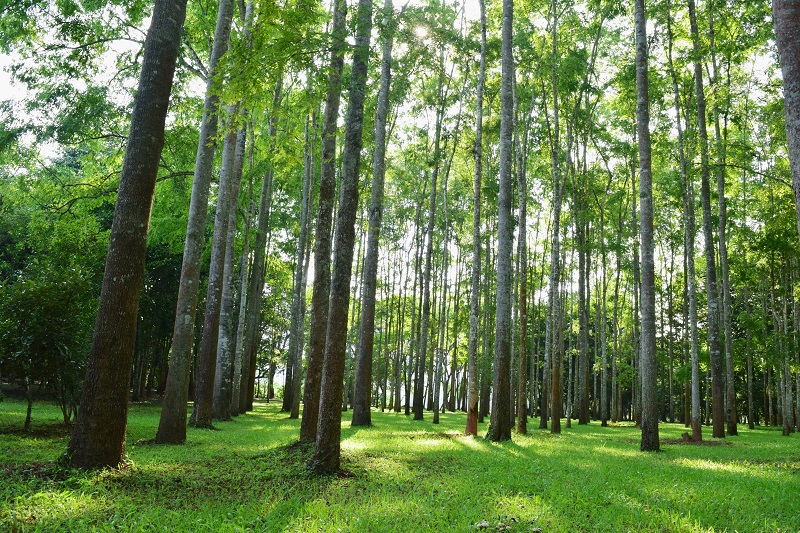Climate change has significantly driven changes in the patterns of biodiversity on a global scale. A comprehensive understanding and grasp of the spatial distribution patterns of multi-dimensional diversity is crucial for formulating effective scientific conservation plans.
To achieve the goal proposed by the 15th Conference of the Parties (COP15) of the Convention on Biological Diversity, which aims to "protect at least 30% of the Earth's land area by 2030", there is an urgent need for scientifically quantifiable diversity indicators and means to identify priority areas for protection.
In a study published in Biological Conservation, researchers from Xishuangbanna Tropical Botanical Garden (XTBG) and their collaborators systematically evaluated the changes in the diversity patterns of 110 threatened timber species in China under the background of climate change. Based on various climate change models, they predicted the spatial distribution patterns and trends of multi-dimensional diversity of tree species in the future and evaluated the effectiveness of nature reserves in China in protecting the multi-dimensional diversity of timber tree species.
The multidimensional diversity of organisms is reflected in taxonomy, phylogenetics, genetics, and ecological functions. The study used four multidimensional diversity indices, including Species Richness (SR), Phylogenetic Diversity (PD), Phylogenetic Endemism (PE), and Evolutionary Distinctness and Global Endangeredness (EDGE).
After analyzing the spatiotemporal pattern of multidimensional diversity for the threatened tree species, the researchers found that the multidimensional diversity would increase in the western and northern parts of China under future climate scenarios during 2081–2100, but the protection ability of existing protected areas for EDGE would decrease.
However, the current capacity of nature reserves to protect the top 15% of hotspots based on evolutionary distinctiveness and global endangerment indicators will significantly decrease, with a reduction ranging from 17.11% to 29.93%.
The results suggested that mountainous areas might be the bio-hotspots in the future and should be given priority attention; among them, the mountainous areas in northwest and middle China are likely to be key climate refugia for endangered woody tree species.
The researchers therefore suggested that in the future, attention should be paid to the evolutionary origins of different tree species to develop "tailored" conservation strategies. They called for strengthening the connectivity between mountains, such as establishing biological corridors, to ensure that organisms can freely migrate and spread.

A forest in XTBG. (Image by HU Jianlin)
First published: 22 November 2024

